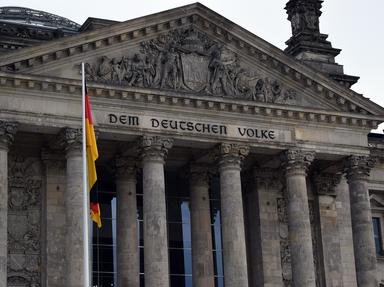Quiz Answer Key and Fun Facts
1. Although it certainly existed earlier, Munich is said to have a founding year of 1158, which is the year Prince Henry the Lion did what?
2. Munich began to grow in commercial importance when it received a monopoly on which commodity in the 1310s?
3. Which landmark, considered an iconic symbol of Munich, was completed in 1488?
4. The Sendlinger Mordweihnacht was a massacre against farmers who opposed the occupation of Munich by which people?
5. Which person, best known for his arts patronage, became King of Bavaria in 1825?
6. Which best describes the political situation in Munich during the aftermath of World War I?
7. What is the name of the beer hall where Adolf Hitler and other members of the Nazi Party began the infamous Beer Hall Putsch of 1923?
8. The 1938 Munich Agreement ceded part of which nation to Nazi Germany?
9. At the 1972 Munich Olympics Games, members of the Israeli Olympic Team were taken hostage at which location?
10. Which future Pope became the Archbishop of Munich in 1977?
Source: Author
Joepetz
This quiz was reviewed by FunTrivia editor
trident before going online.
Any errors found in FunTrivia content are routinely corrected through our feedback system.
